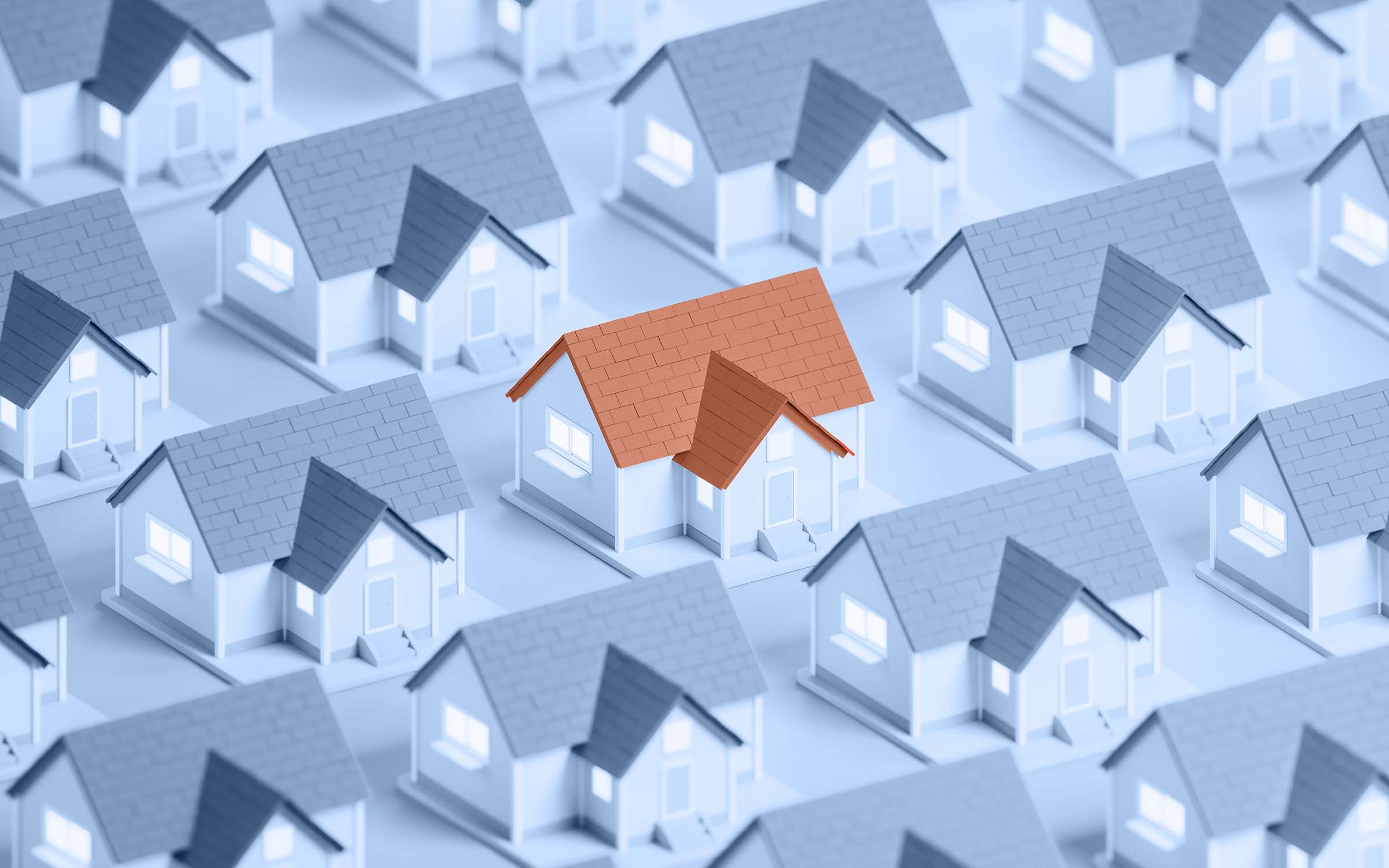These words are umbrella terms, and while not every property can be restricted to one or another, by assigning one of these classes to a property, an investor can gather significant information about an investment opportunity. So what do each of these terms mean, and why do many investors tend to favor value-add properties?
Core
If you are a conservative investor looking to take on minimal risk, core properties are the ones to invest in. They will house credit tenants with long term leases. These properties are centrally located, generally in downtown areas. They are usually newer constructions therefore requiring little to no renovation or work. Vacancy is extremely low and predictable. Since there's not much room for appreciation, core properties are purchased using low leverage, generally between 35%-50%. They are comparable to bonds, usually generating a 7%-9% internal rate of return. Core properties don't offer high appreciation but rather slow-growing and predictable cash flow. If you are a conservative investor looking for low risk, and stable cash flow, core properties are right for you.
Ex: A newly built high rise apartment complex in the heart of downtown Miami, Florida.
Core-plus
Core-plus properties offer investors good cash flow, slightly trailing that of core properties. However, with a few minor improvements and touch ups, investors can increase property value while simultaneously increasing rental rates and drawing in a stronger more accredited tenant base. Core-plus properties are between 10-20 years old, and are located in slightly inferior locations to core properties. You may incur slightly more risk with core-plus properties, but overall it is still considered a moderate to low risk investment. Core-plus properties are generally purchased with 45%-60% debt, and offer annualized returns of 8%-11%
Ex: A 15 year old, 150-unit apartment complex, located just outside of Austin, Texas. In need of minor renovation to communal spaces, and improvement in management.
Value-add
Value-add properties involve taking on moderate risk, with the potential to significantly increase property value and cash flow. These are usually 20-40 year old properties in need of maintenance, repair, and renovation. Oftentimes value-add properties have occupancy issues, poor management, and, or need for a stronger tenant base. These properties tend to be located in slightly less desirable locations than the two previously mentioned real estate classes. Value-added properties usually require in-unit upgrades, as well as renovation to communal spaces, so sufficient capital is needed. However, with the proper planning and execution, value-add properties can offer a great return on investment both in cash flow, and through the appreciation of the property. Value-add properties are acquired with 60%-75% leverage, and offer annualized return of 11%-17%
Ex: A 30 year old, townhome community in a submarket of Denver Colorado. Minor occupancy issues, and each unit requires sizable renovations.
Opportunistic
Opportunistic is the perfect word to describe this kind of property. It is a high risk, high reward investment. At the time of acquisition, these properties will likely have high vacancy rates, low cash flow, and poor tenant bases. Opportunistic properties are on the older side and generally need significant renovation and updates. A large amount of capital is required for a successful transformation of opportunistic properties. They are located in not so desirable areas, so credit tenants tend to be more scarce, but a solid tenant base can be achieved if necessary steps are taken, and proper management is instituted.
The properties are purchased with upwards of 70% leverage, and if properly executed, can achieve returns of over 20%
Ex: A worn down 250-unit apartment complex in a lower income, but growing, submarket of Detroit, Michigan. In need of extensive renovation throughout property, and new management
Choosing the Right Investment
The type of property you choose to invest in completely depends on what type of return you desire and your tolerance for risk. Here at Freshwater, we specialize in value-added investments. If you are an investor looking for steady cash flow, with great upside potential, and are willing to incur moderate risk, value-add properties are right for you.







